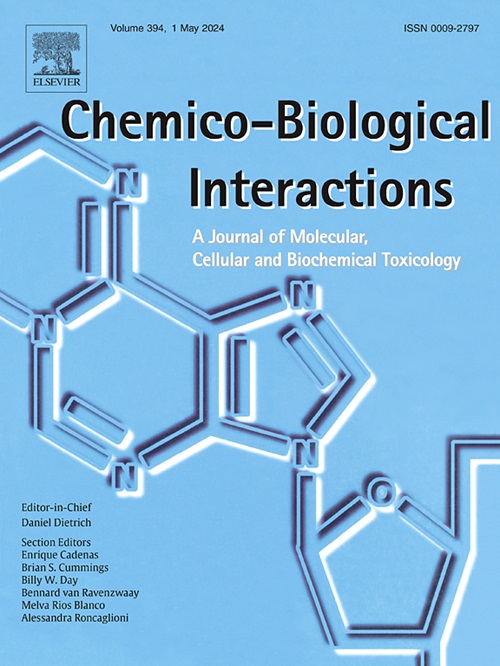药物诱发的炎症:文献综述。
IF 4.7
2区 医学
Q1 BIOCHEMISTRY & MOLECULAR BIOLOGY
引用次数: 0
摘要
这篇综述探讨了各种药物如何引发全身炎症。它探讨了从非甾体抗炎药等常见止痛药到化疗药物的各种原因。综述还重点介绍了潜在的治疗方法,包括已有的药物和前景看好的新疗法。医生和患者可以通过了解这些原因并采取预防措施,如监测副作用和尽可能使用替代药物,来共同降低这种风险。根据所涉及的免疫反应,药物引起的炎症可分为四种类型。不同类型和受影响器官的症状各不相同。常见症状包括发热、不适、关节疼痛、皮疹和肿胀。诊断包括血液化验、影像学检查和活组织检查。治疗主要包括停用可疑药物和提供支持性护理。新药和新疗法的开发使诊断变得具有挑战性。不过,生物标志物和遗传风险评估技术的最新进展正在改善药物性肝损伤的诊断和风险评估。药物性炎症的预防措施包括监测副作用、使用替代药物、开发新的给药方法、探索新的抗炎药物、注意罕见的副作用以及了解潜在的机制。本文章由计算机程序翻译,如有差异,请以英文原文为准。
Drug-induced inflammation: A review of literature
This review examines how various medications can trigger inflammation throughout the body. It explores causes, ranging from common pain relievers like NSAIDs to chemotherapy drugs. The review also highlights potential treatments, including established medications and promising new therapies. Physicians and patients can work together to reduce this risk by understanding these causes and implementing preventive measures, such as monitoring for side effects and using alternative medications when possible. Drug-induced inflammation can be categorized into four types based on the immune response involved. Symptoms vary by type and affected organ. Common symptoms include fever, malaise, joint pain, rash, and swelling. Diagnosis involves blood tests, imaging, and biopsies. Treatment primarily involves discontinuing the suspected drug and providing supportive care. The development of new drugs and therapies has made diagnosis challenging. However, recent advances in biomarkers and genetic risk assessment techniques are improving diagnosis and risk assessment of drug-induced liver injury. Preventive measures for drug-induced inflammation include monitoring for side effects, using alternative medications, developing new drug delivery methods, exploring new anti-inflammatory drugs, being aware of rare side effects, and understanding the underlying mechanisms.
求助全文
通过发布文献求助,成功后即可免费获取论文全文。
去求助
来源期刊
CiteScore
7.70
自引率
3.90%
发文量
410
审稿时长
36 days
期刊介绍:
Chemico-Biological Interactions publishes research reports and review articles that examine the molecular, cellular, and/or biochemical basis of toxicologically relevant outcomes. Special emphasis is placed on toxicological mechanisms associated with interactions between chemicals and biological systems. Outcomes may include all traditional endpoints caused by synthetic or naturally occurring chemicals, both in vivo and in vitro. Endpoints of interest include, but are not limited to carcinogenesis, mutagenesis, respiratory toxicology, neurotoxicology, reproductive and developmental toxicology, and immunotoxicology.

 求助内容:
求助内容: 应助结果提醒方式:
应助结果提醒方式:


